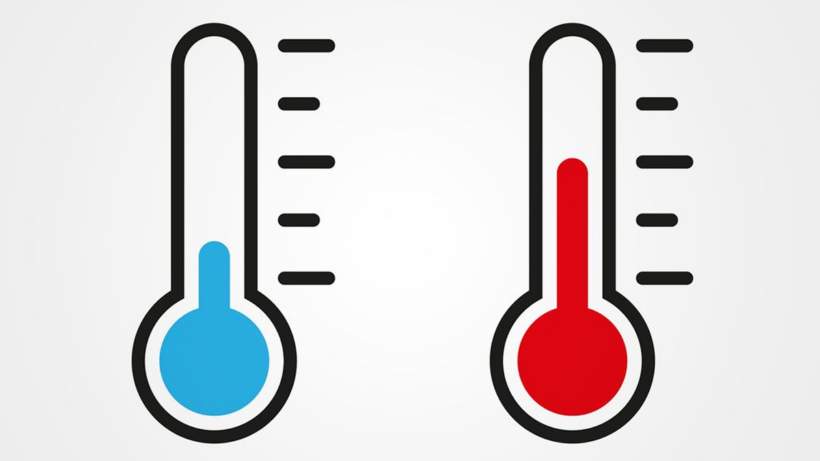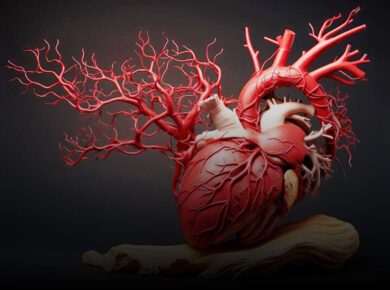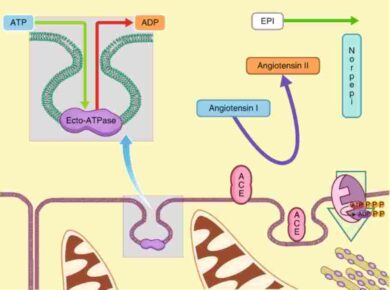Temperature Control
Panting in dogs and some other animals provides a means of controlling body temperature. This physiological response is used as a cooling mechanism.
Coughing and Sneezing
Irritation of nerves within the nasal passage or airways, can induce coughing and sneezing. These responses cause air to be expelled forcefully from the traches or nose, respectively. In this manner, irritants caught in the mucus which lines the respiratory tract are expelled or moved to the mouth where they can be swallowed. During coughing, contraction of the smooth muscle narrows the trachea by pulling the ends of the cartilage plates together and by pushing soft tissue out into the lumen. This increases the expired airflow rate to dislodge and remove any irritant particle or mucus.
Disease
Disorders of the respiratory system can be classified into four general areas:
- Obstructive conditions (e.g. emphysema, bronchitis, asthma)
- Restrictive conditions (e.g. fibrosis, sarcoidosis, alveolar damage, pleural effusion)
- Vascular diseases (e.g. pulmonary edema, pulmonary embolism, pulmonary hypertension)
- Infectious environmental and other “diseases” (e.g. pneumonia, tuberculosis, asbestosis, particulate pollutants): Coughing is of major importance as it is the body’s main method to remove dust, mucus, saliva and other debris from the lungs. Inability to cough can lead to infection. Deep breathing exercises may help keep finer structures of the lungs clear from particulate matter etc. The respiratory tract is constantly exposed to microbes due to the extensive surface area, which is why the respiratory system includes many mechanisms to defend itself and prevent pathogens from entering the body.
- Disorders of the respiratory system are usually treated internally by a pulmonologist and respiratory Therapist.
Plants
Plants use carbon dioxide gas in the process of photosynthesis and exhale oxygen gas as waste. The chemical equation of photosynthesis is 6O2 (carbon dioxide) and 6H2O (water) and that makes 6O2 (oxygen) and C6H12O6 (glucose). Respiration is the opposite of that. However, plants also sometimes respire as humans do, taking in oxygen and producing carbon dioxide.
Plant respiration is limited by the process of diffusion. Plants take in carbon dioxide through holes on the undersides of their leaves known as stoma or pores. However, most plants require little air. Most plants have relatively few living cells outside of their surface because air (which is required for metabolic content) can penetrate only skin deep. However, most plants are not involved in highly aerobic activities and thus have no need of these living cells.










